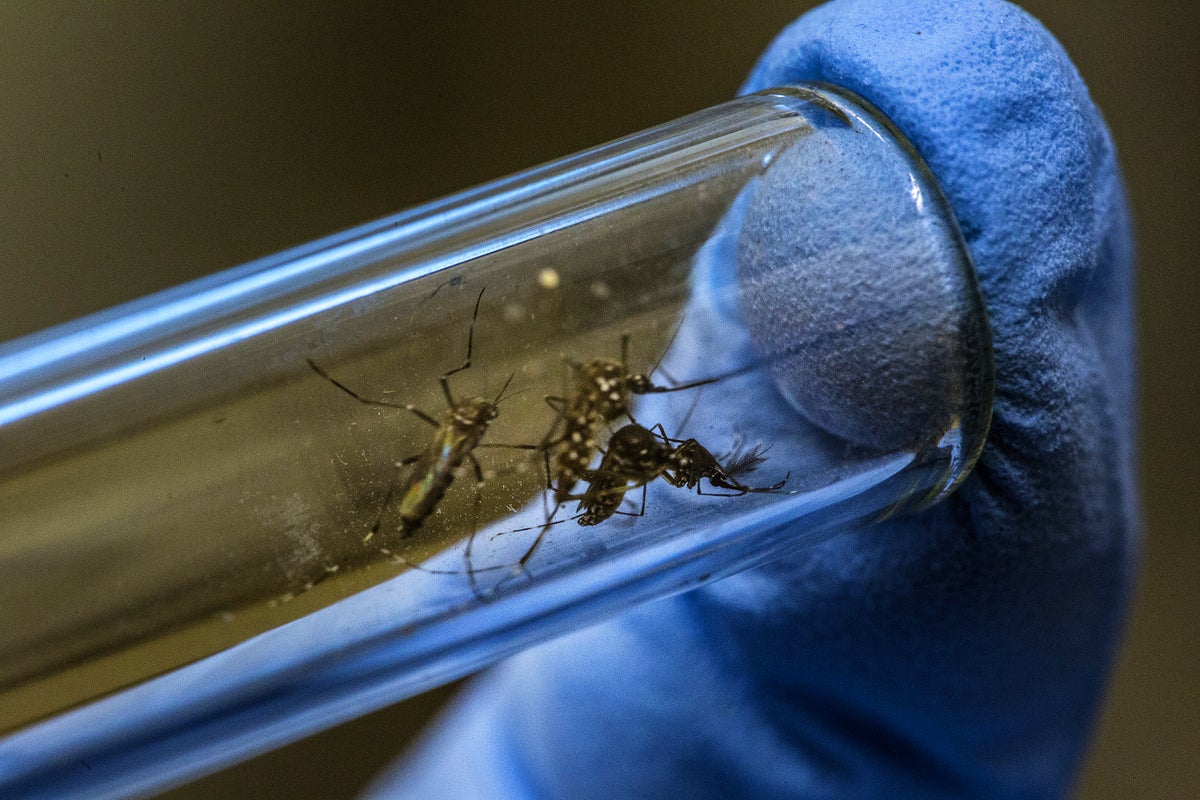
"Major dengue outbreaks in the Americas tend to occur about five months after an El Nino event the periodic warming of the Pacific Ocean that can disrupt global weather a study has found. Meanwhile, local outbreaks tend to happen about three months after summer temperatures peak and roughly one month after peak rainfall. Dengue is caused by four closely related viruses and spread by the Aedes species mosquitoes."
"The research relied on roughly three decades of surveillance data from 14 countries. Cases in the region tended to rise and fall in sync, on average six months apart, even in places as far as 10,000 kilometres apart. The findings are useful to anticipate when a region might expect to see an epidemic, which can help inform planning and preparedness, says Talia Quandelacy, a co-author and an infectious-disease epidemiologist at the University of Colorado School of Public Health in Aurora."
Major dengue outbreaks in the Americas tend to occur about five months after El Niño events. Local outbreaks tend to occur about three months after peak summer temperatures and about one month after peak rainfall. Roughly three decades of surveillance data from 14 countries showed regional case counts rising and falling in sync, on average six months apart, even across distances up to 10,000 kilometres. These temporal patterns can help anticipate epidemics and inform planning and preparedness. Dengue is caused by four closely related viruses transmitted by Aedes mosquitoes, causes fever and bone pain, and can be fatal without specific treatment.
Read at www.nature.com
Unable to calculate read time
Collection
[
|
...
]